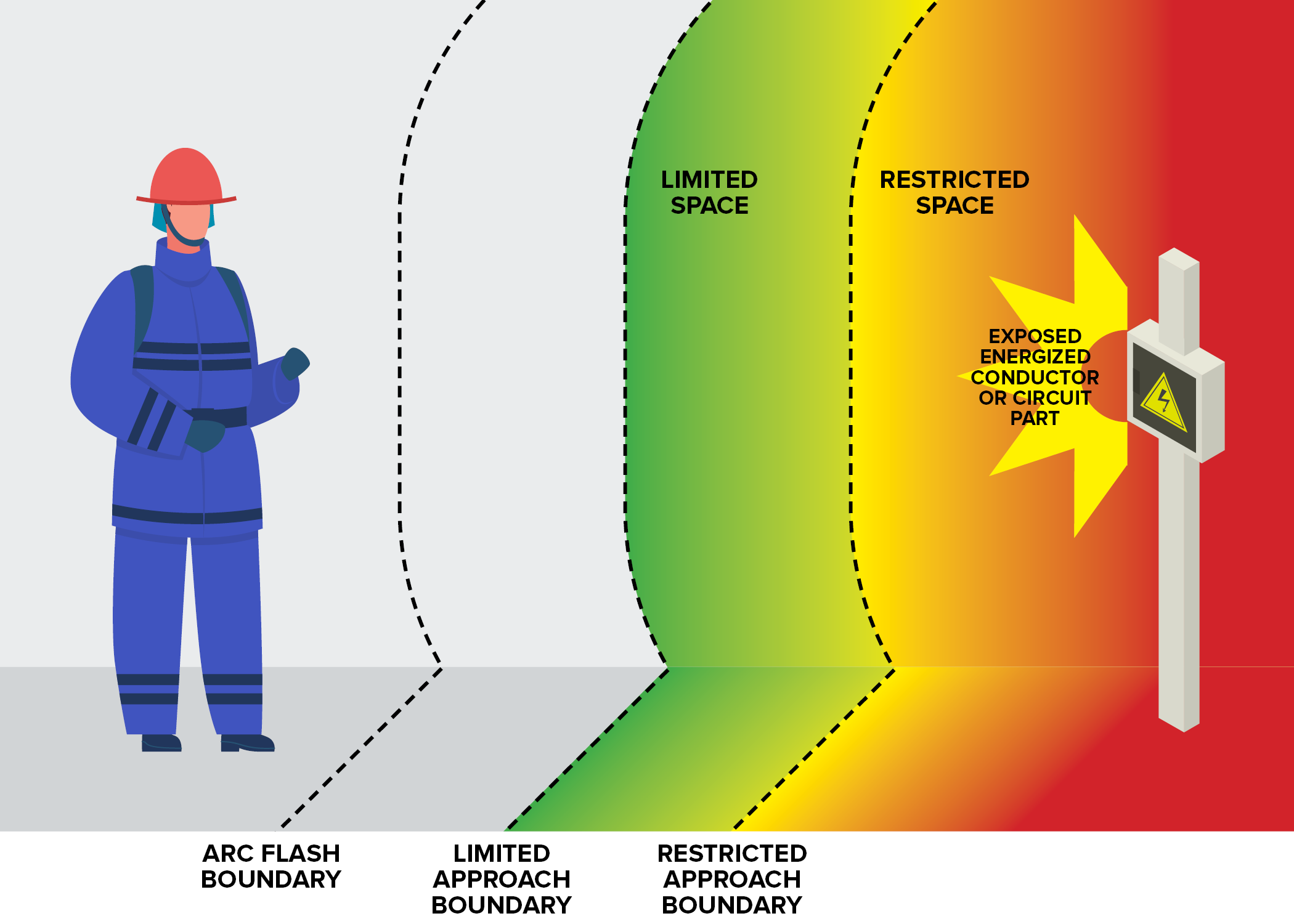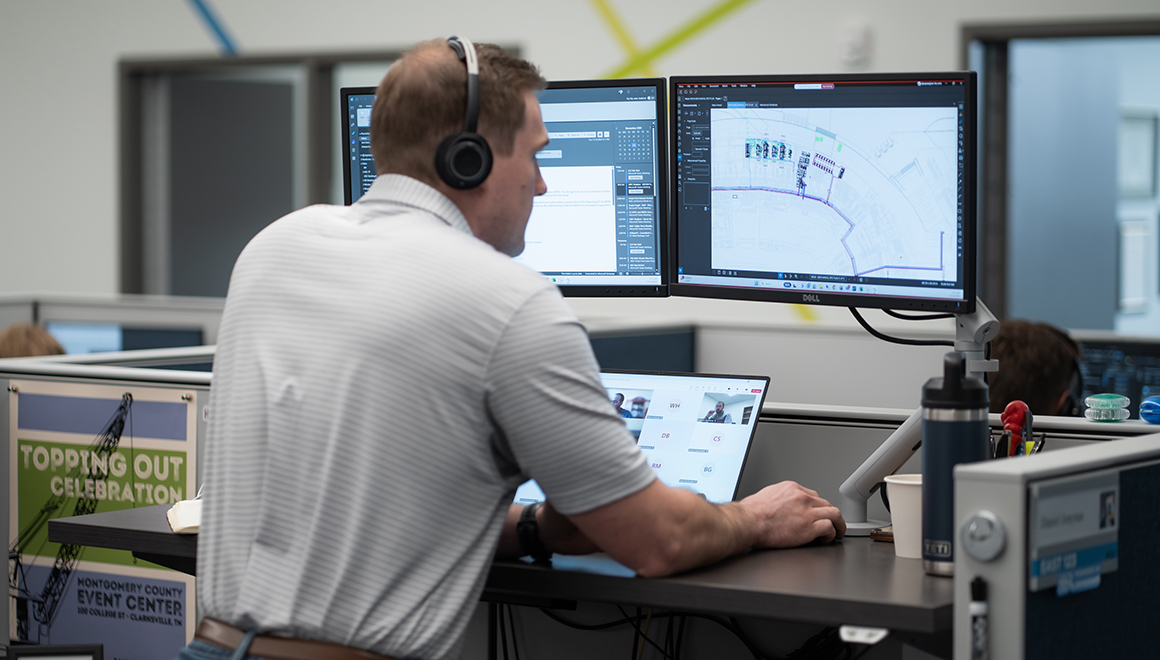Arc Flash 101

Working on a hot electrical panel, or one that still has power, is a serious situation and can be extremely dangerous. There are precautions to take that limit the frequency of working on hot equipment, but sometimes it is unavoidable. The purpose of this blog post is to provide basic education about what an arc flash is, explain the risk involved and how to mitigate, and highlight the value of an arc flash assessment and safety program.
What is an Arc Flash?
As defined by OSHA, an arc flash is an electrical explosion that occurs when an electric current leaves its intended path and travels through the air from one conductor to another, or to the ground. The arc flash continues until something clears the fault. The results are often violent and can cause severe injury or death. A flash can be caused by dust, dropping tools, condensation, material failure, corrosion, faulty installation, or human error.
Understanding & Mitigating Risk
Numerous industry codes, standards, and organizations have policies and procedures relating to arc flash safety. National Fire Protection Agency (NFPA) 70E is a guide for safe operating practices in the electrical world. The 2018 edition highlighted the Hierarchy of Controls. This six-level hierarchy is a method of identifying and ranking safeguards to protect workers from hazards like arc flash:
- Elimination: Physical removal of the hazard – such as turning off the electricity
- Substitution: Replace the hazard with a safer alternative – such as engaging a maintenance mode on a circuit breaker
- Engineering controls: Isolate people from the hazard – such as remote racking out of a circuit breaker
- Awareness: Inform people of the potential hazards
- Administrative controls: Proper procedure in place – such as lockout/tagout and enforcing hot work permit procedures
- Personal protective equipment (PPE): When you absolutely must work on hot equipment, have the right PPE; make sure workers are trained and ready for potential hazards
Arc Flash Safety Program
NFPA 70E requires that a facility update their arc flash safety program every five years. Updates are made based on the results of an arc flash assessment. Looking at every piece of energized equipment, the assessment identifies specific approach boundaries to protect workers while working on hot equipment. They note:
- Arc Flash Boundary: The farthest established boundary from the energy source. Qualified and unqualified personnel can enter the boundary but MUST be wearing appropriate level of PPE
- Limited Approach Boundary: Only qualified personnel are permitted to enter this boundary. A shock hazard exists at this distance.
- Restricted Approach Boundary: Qualified personnel should use extreme caution; they should stay out of this area unless necessary to work on equipment; injury within this area is likely in the event of an arc flash.
- Qualified personnel are defined by both OSHA and NFPA 70E as someone that has received specific training on arc flash.
At SSR, we have electrical engineers on staff that are experienced in performing arc flash assessments for use in an electrical safety program. The assessment involves building a model of the electrical system and relevant electrical equipment. Our team then calculates the arc flash incident energy, determining the energy to which a worker may be exposed (cal/cm2). Based on this assessment, a safety plan for each piece of equipment is created that includes required personal protective equipment (PPE) details to mitigate risks and protect workers. SSR produces hot work permits and warning labels that go on the equipment with information about the equipment name, boundaries, shock risk, PPE requirements, and when the assessment was completed.
Working on hot equipment can be extremely dangerous and should only be done by qualified personnel when necessary. We can be a valued partner to ensure that you have the proper safety plans in place when your facility staff are performing maintenance that could result in an arc flash.



